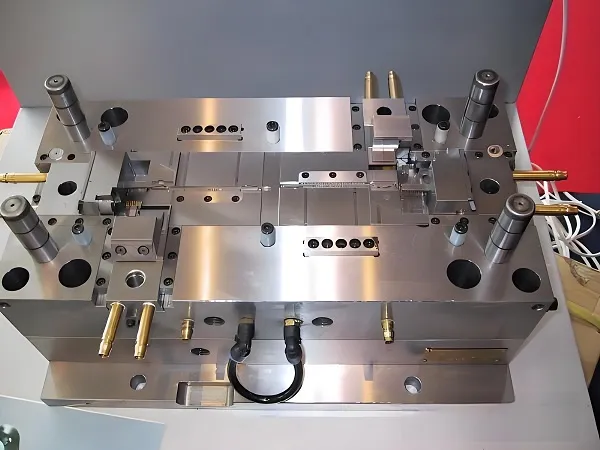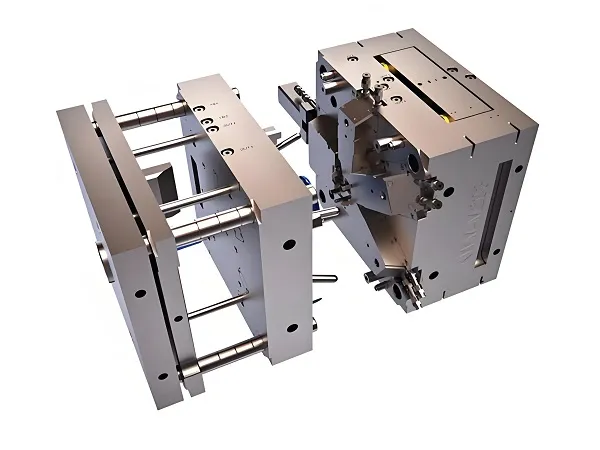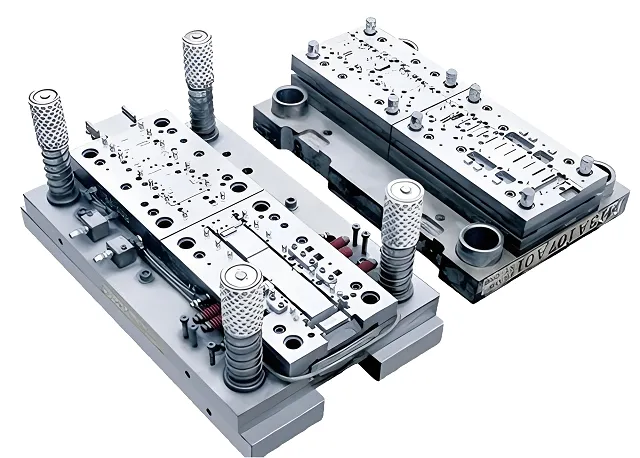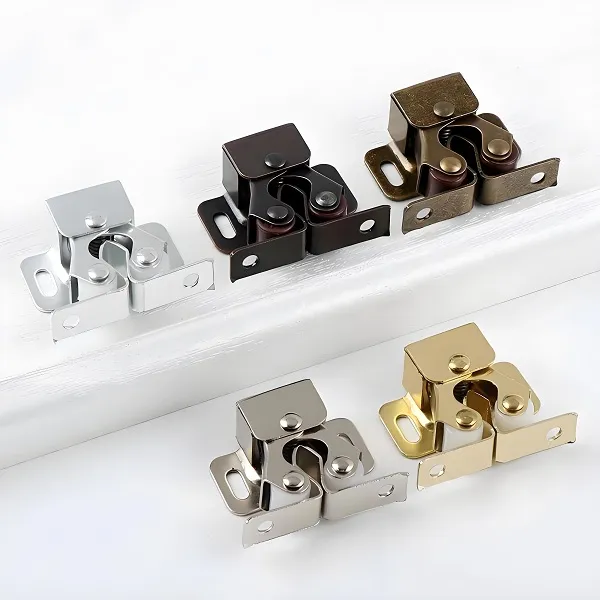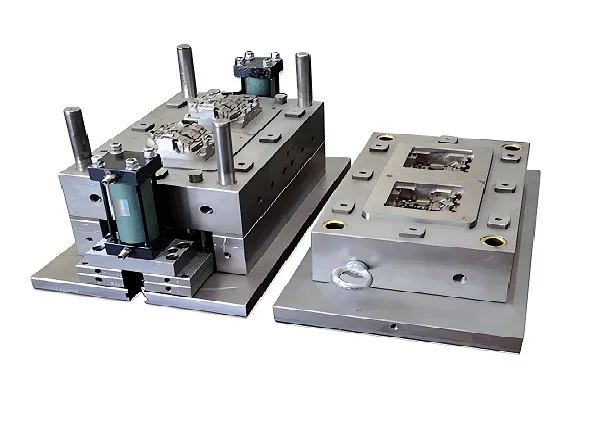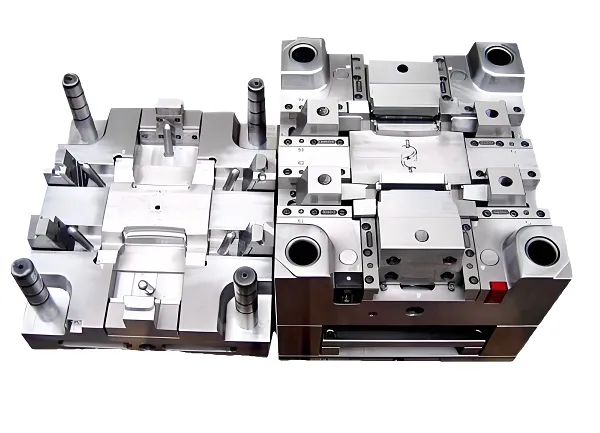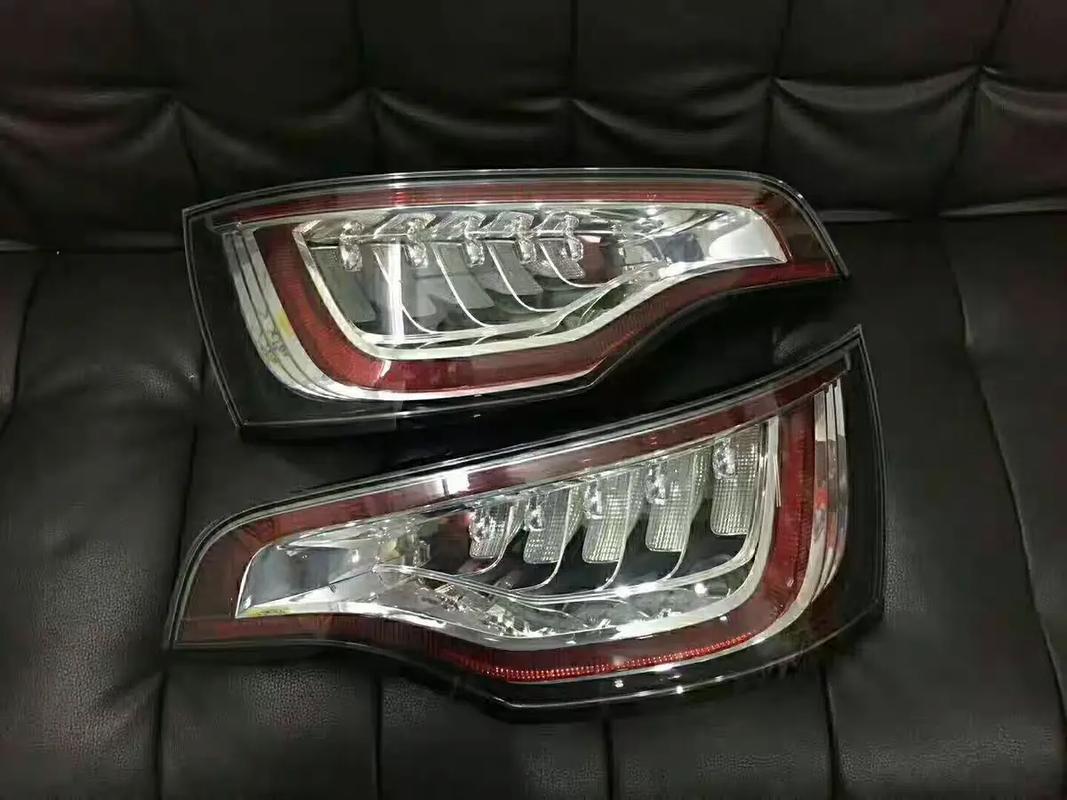
- CAD optical modeling: Uses Zemax and TracePro software to design light guides and reflectors, ensuring uniform light distribution (±5% intensity variation) and compliance with ECE R7 and FMVSS 108 standards. A pickup truck tail light model achieved 150cd/m² minimum intensity in brake mode, exceeding DOT requirements by 20%.
- LED array optimization: Arranges high-power LEDs (3W/5W) with 120° beam angles, paired with PMMA light guides to eliminate hotspots. A custom SUV tail light with 16 LEDs achieved 90% light uniformity across the lens surface, reducing driver distraction from uneven brightness.
- Thermal management engineering: Integrates aluminum heat sinks (6061-T6) with thermal vias, maintaining LED junction temperatures <85℃ during 8-hour continuous operation—extending LED lifespan to 50,000+ hours (10x longer than incandescent bulbs).
- PC/ABS lens molding: Injection molds polycarbonate lenses (2-3mm thickness) with ±0.05mm dimensional tolerance and 90% light transmittance, treated with UV-resistant coating to prevent yellowing (ΔE <2 after 3,000 hours UV exposure). A sports car tail light lens maintained clarity across 5,000 units, meeting OEM optical standards.
- Reflector machining: CNC mills aluminum reflectors with micro-prismatic patterns (50μm precision), achieving 95% light reflectivity. A vintage car tail light reflector with 1950s-style concentric grooves replicated original light diffusion characteristics with 98% accuracy.
- Two-shot molding: Combines clear PC (lens) and black ABS (housing) in one process, eliminating assembly gaps and reducing water ingress risk by 80%. A truck tail light with integrated turn signal achieved 0.03mm bond line between materials, passing IP6K9K waterproof testing.
- Circuit design & PCB assembly: Develops custom PCBs with surface-mount LEDs, resistors, and connectors, ensuring voltage compatibility (12V/24V) and reverse polarity protection. A 24V commercial vehicle tail light with CAN bus integration maintained stable operation across 9-36V input fluctuations.
- Functionality testing: Automated systems verify:
- Brake light intensity (150-300cd)
- Turn signal flash rate (60-120 flashes/min)
- Reverse light luminance (≥2000cd)
- Environmental validation: Tail lights undergo:
- Salt spray testing (500 hours, ISO 9227)
- Thermal cycling (-40℃ to 85℃, 500 cycles)
- Vibration testing (10-2000Hz, 10g peak)
- Laser etching: Adds patterns, logos, or light-blocking elements to lenses with 0.1mm precision, creating unique light signatures (e.g., brand-specific animations for startup sequences). A luxury SUV tail light featured a laser-etched grille pattern that became visible only when illuminated.
- Chrome plating: Applies decorative chrome to housing accents (ABS with copper/nickel underlayers), achieving 90% reflectivity and 500+ hours corrosion resistance. A classic car tail light with chrome bezels maintained mirror finish after 1,000 hours of outdoor exposure.
- Color customization: Offers lens tinting (smoke, red, amber) with precise light transmission control (30-90% per regulatory requirements) and RGB LED options for customizable accent lighting (e.g., sequential turn signals).
Custom Tail Light Manufacturing Process
- Design & Regulatory Compliance: Engineers validate designs against:
- Light intensity requirements (ECE R7: 150-750cd for brake lights)
- Color specifications (red: 620-630nm; amber: 585-595nm)
- Dimensional fit (vehicle-specific mounting points with ±0.5mm tolerance)
- Prototyping:
- 3D printed lenses/housings (ABS/PC) for form validation
- Functional prototypes with LED arrays to test light output
- Fit checks with vehicle body panels (OEM or custom)
- Tooling production:
- Injection molds for lenses/housings (±0.02mm cavity tolerance)
- CNC fixtures for assembly alignment
- Component manufacturing:
- Injection molding of PC lenses and ABS housings
- LED PCB assembly with automated soldering
- Reflector machining and plating
- Assembly & testing:
- Manual/robotic assembly (LEDs, lenses, gaskets)
- Sealing with automotive-grade adhesives (IP6K9K waterproof)
- Photometric testing (integrating sphere measurements)
- Environmental validation (vibration, thermal cycling)
- Automotive OEMs: Custom tail lights for limited-edition models (e.g., BMW M, Mercedes-AMG), with brand-specific light signatures and sequential turn signals.
- Vintage Restorations: Faithful reproductions of 1950s-1990s tail lights (e.g., Ford Mustang, Chevrolet Camaro) using original tooling dimensions and LED retrofits for modern reliability.
- Specialty Vehicles: Custom light bars for off-road trucks, marine-grade tail lights for boats, and compact designs for electric vehicles (optimized for aerodynamics).
- Motorsports: FIA-compliant LED tail lights with lightweight carbon fiber housings, quick-release mounts, and high-visibility patterns for racing circuits.
- Optical customization:
- Light signatures (sequential, pulsing, brand logos)
- Intensity tuning (meets regional regulations)
- Color options (red, amber, clear, smoked)
- Aesthetic options:
- Lens textures (smooth, ribbed, laser-etched patterns)
- Housing finishes (matte, gloss, carbon fiber, chrome accents)
- Size/shape (round, rectangular, custom contours)
- Functional integrations: Backup cameras, fog lights, and dynamic turn signals (15°/second sweep rate).
- Production scalability: 1-100 units (vintage restorations) to 10,000+ units (automotive OEMs), with consistent quality across runs.
- Q: What’s the lead time for a custom tail light?
- Q: Can custom tail lights be made compatible with existing vehicle wiring?
- Q: How to ensure tail lights withstand harsh weather (snow, salt, humidity)?
- Q: What’s the minimum order quantity for custom tail lights?

